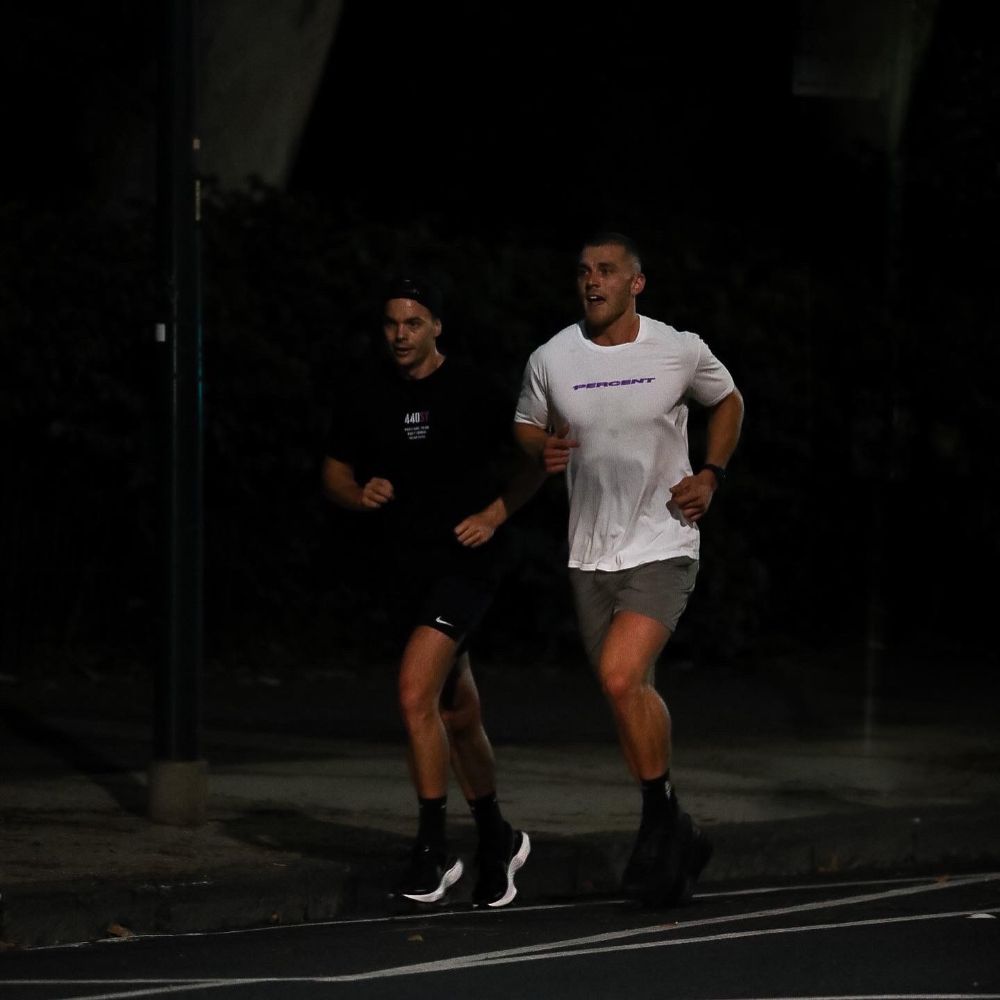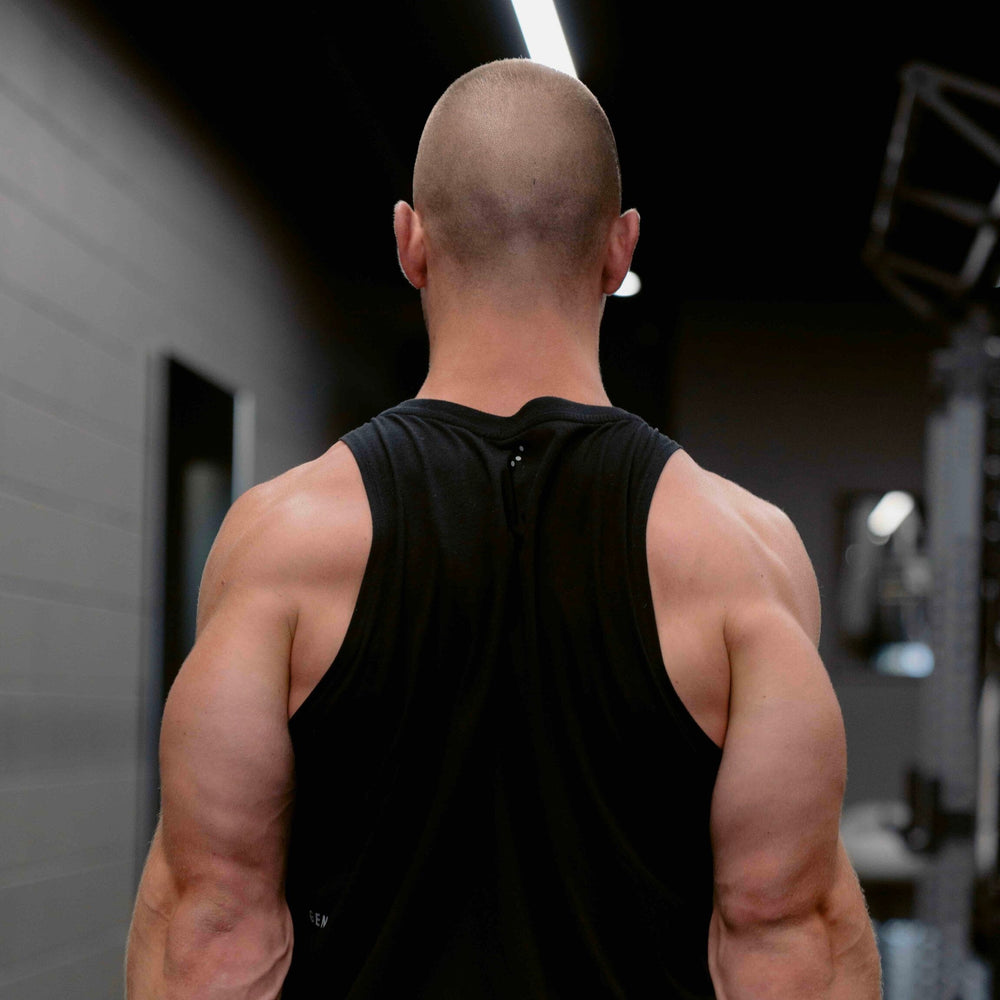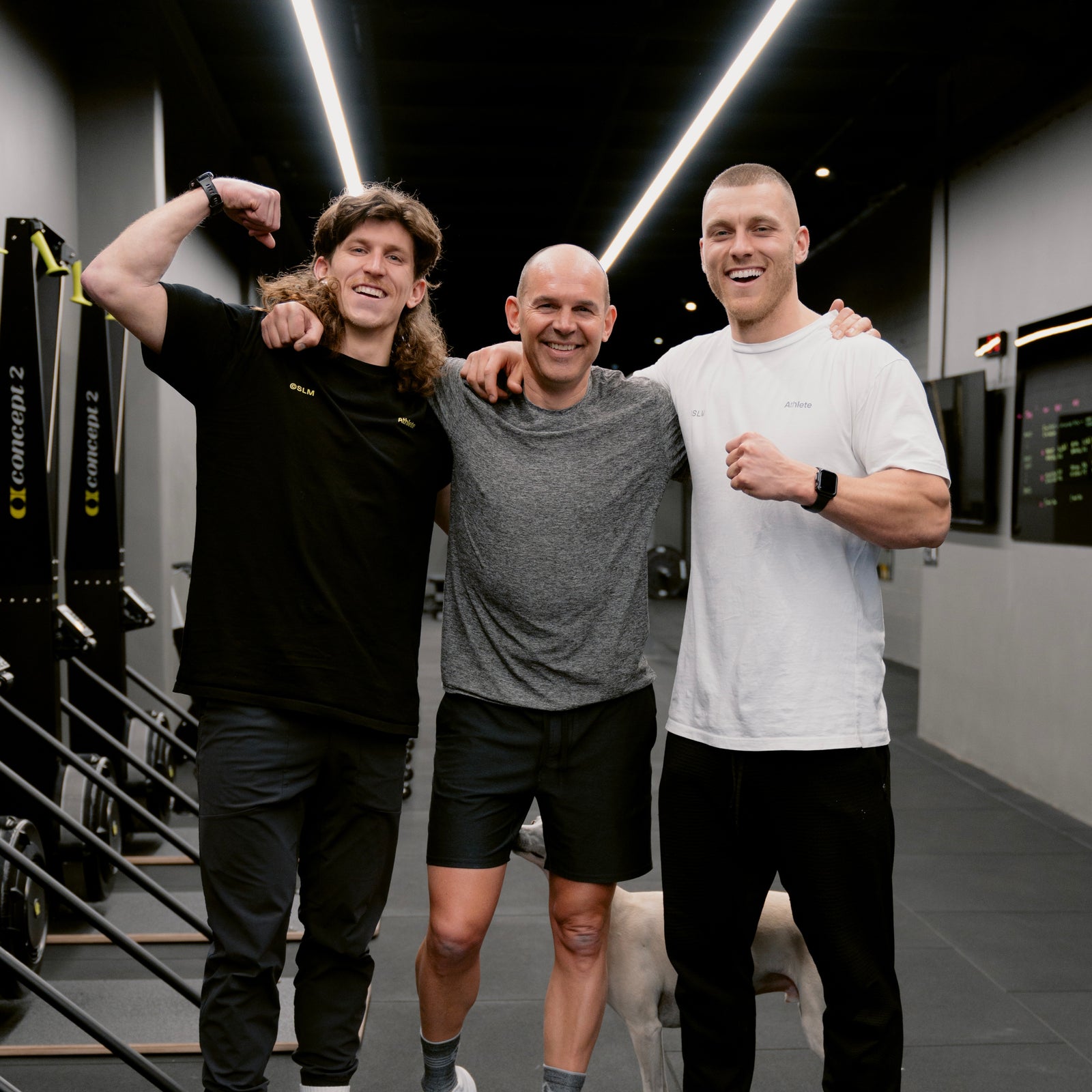
Strength Training For Runners.
At SLM, one thing we teach all of our clients is that strength training should form the foundation of every training program. But more specifically, all of our programs feature an underlying principle known as GPP (General Physical Preparedness). GPP is best explained as developing general qualities across areas such as mobility, stability, skill, strength, endurance and speed. This helps to build a fitness base, acting as a concrete foundation to which we can build larger structures, and ultimately help us shoot for the stars when it comes to our health and fitness goals.
By contrast, SPP (Specific Physical Preparedness) is best explained as developing specific qualities that are relevant to a chosen event or sport. This helps to develop specific adaptations that will help to improve physical performance in a specific domain. Seems simple in theory, but where a lot of people fall down is they too often become one trick ponies, focusing only the specifics, and therefore bypassing GPP (the foundation). You wouldn’t build a house without a strong base, so why do it with your body? To explain this idea further, let me explain how it applies to running.
Most people assume that to get better at running, you need to run more, and that’s true (SPP). But if I wanted to get better at speaking French, I wouldn’t just fly to France and expect to learn the language overnight. I would need to first learn the fundamentals, take classes, and practice the basics (GPP) before putting my skills to the test and fly to France (SPP). Although an abstract example, the same is true for running, and almost any other skill.
To get better at running, I need to run weekly (SPP). But I also need to be improve or at least maintain a base level of strength (GPP) that will allow me to run without injuring myself. So, what does a strength program for running look like? Well, before we jump in the deep end (strength training) we first need to understand the importance of being stable.
Most everyday people have trouble with simply standing with good posture, unable to hold their skeleton in an efficient position against the forces of gravity with two feet on the ground. Now consider this, that person begins to run. A dynamic, fast paced movement, where at no point are both feet on the ground at the same time. Think about the demands placed on the skeleton and particularly on the pelvis. Think about how stable the pelvis needs to be, in order to control the hip through gait cycle, ultimately keeping the spine intact and providing a kinetic link between the knee, hip and ribcage.
Muscles control skeletons, and if we look deeper, the primary stabilisers of the pelvis are represented by the obliques (internal and external) and the rectus and transversus abdominis, or, “the core” muscles. With the secondary stabilisers of the pelvis represented by the adductors. With this is mind, it’s no wonder why so many people complain of having “tight adductors” after ramping up their running volume. Most commonly this occurs because of instability, and therefore requires more direct “core” training to improve the position of the pelvis (in relation to the rest of the skeleton). If “the core” isn’t doing its job properly (weakness), the adductors will inevitable find a way to stabilise what becomes unstable (the pelvis).
The same applies for the dreaded “tight hip flexors”. Recent research has shown that the hip flexors actually play an important role in stabilising the lumbar spine, so if we ask why the hip flexors are so tight, we are led down the garden path of lumbar stability. “The core” muscle group once again acts as primary stabiliser (of the lumbar spine), with the lats and glutes providing additional support. So if you’re hip flexors a tight, you likely not only have a weak core, but also weak a weak posterior chain, including the lats and glutes. Therein lies the importance of strength training.
If you're not training your entire body to be stronger, and with a specific focus on “the core”, glutes and lats, you have no strength base. If running was a storm and your body was a house without a foundation, you can see how quickly things can go wrong. In short, if you’re a human, you should be following a progressive strength program, because without regular training your body will atrophy as age takes it toll. And if you’re a runner, you should definitely be strength training (GPP). But only if you want to remain injury free and continue to run (SPP) for as long as you can without any aches and pains. I’ll let you decide what's important to you.
To finish, here are some of the best exercises to improve both stability, and strength, specifically when it comes to running:
By contrast, SPP (Specific Physical Preparedness) is best explained as developing specific qualities that are relevant to a chosen event or sport. This helps to develop specific adaptations that will help to improve physical performance in a specific domain. Seems simple in theory, but where a lot of people fall down is they too often become one trick ponies, focusing only the specifics, and therefore bypassing GPP (the foundation). You wouldn’t build a house without a strong base, so why do it with your body? To explain this idea further, let me explain how it applies to running.
Most people assume that to get better at running, you need to run more, and that’s true (SPP). But if I wanted to get better at speaking French, I wouldn’t just fly to France and expect to learn the language overnight. I would need to first learn the fundamentals, take classes, and practice the basics (GPP) before putting my skills to the test and fly to France (SPP). Although an abstract example, the same is true for running, and almost any other skill.
To get better at running, I need to run weekly (SPP). But I also need to be improve or at least maintain a base level of strength (GPP) that will allow me to run without injuring myself. So, what does a strength program for running look like? Well, before we jump in the deep end (strength training) we first need to understand the importance of being stable.
Most everyday people have trouble with simply standing with good posture, unable to hold their skeleton in an efficient position against the forces of gravity with two feet on the ground. Now consider this, that person begins to run. A dynamic, fast paced movement, where at no point are both feet on the ground at the same time. Think about the demands placed on the skeleton and particularly on the pelvis. Think about how stable the pelvis needs to be, in order to control the hip through gait cycle, ultimately keeping the spine intact and providing a kinetic link between the knee, hip and ribcage.
Muscles control skeletons, and if we look deeper, the primary stabilisers of the pelvis are represented by the obliques (internal and external) and the rectus and transversus abdominis, or, “the core” muscles. With the secondary stabilisers of the pelvis represented by the adductors. With this is mind, it’s no wonder why so many people complain of having “tight adductors” after ramping up their running volume. Most commonly this occurs because of instability, and therefore requires more direct “core” training to improve the position of the pelvis (in relation to the rest of the skeleton). If “the core” isn’t doing its job properly (weakness), the adductors will inevitable find a way to stabilise what becomes unstable (the pelvis).
The same applies for the dreaded “tight hip flexors”. Recent research has shown that the hip flexors actually play an important role in stabilising the lumbar spine, so if we ask why the hip flexors are so tight, we are led down the garden path of lumbar stability. “The core” muscle group once again acts as primary stabiliser (of the lumbar spine), with the lats and glutes providing additional support. So if you’re hip flexors a tight, you likely not only have a weak core, but also weak a weak posterior chain, including the lats and glutes. Therein lies the importance of strength training.
If you're not training your entire body to be stronger, and with a specific focus on “the core”, glutes and lats, you have no strength base. If running was a storm and your body was a house without a foundation, you can see how quickly things can go wrong. In short, if you’re a human, you should be following a progressive strength program, because without regular training your body will atrophy as age takes it toll. And if you’re a runner, you should definitely be strength training (GPP). But only if you want to remain injury free and continue to run (SPP) for as long as you can without any aches and pains. I’ll let you decide what's important to you.
To finish, here are some of the best exercises to improve both stability, and strength, specifically when it comes to running:
- Plank Hold variations
- Single Leg Romanian Deadlift
- Romanian Deadlift
- Bulgarian Split Squat
- Back Squat
- DB Walking Lunges
- Single Arm DB Rows
- Deficit Single Leg Calf Raise
As a final note, notice that if the adductors, hip flexors (or even the ITB) are tight and stiff, the answer is not to simply “stretch” what is sore. By doing so, you are only addressing the symptom and not the cause. In theory, you are placing a bandaid on a deeper issue that is: you need to get stronger.

